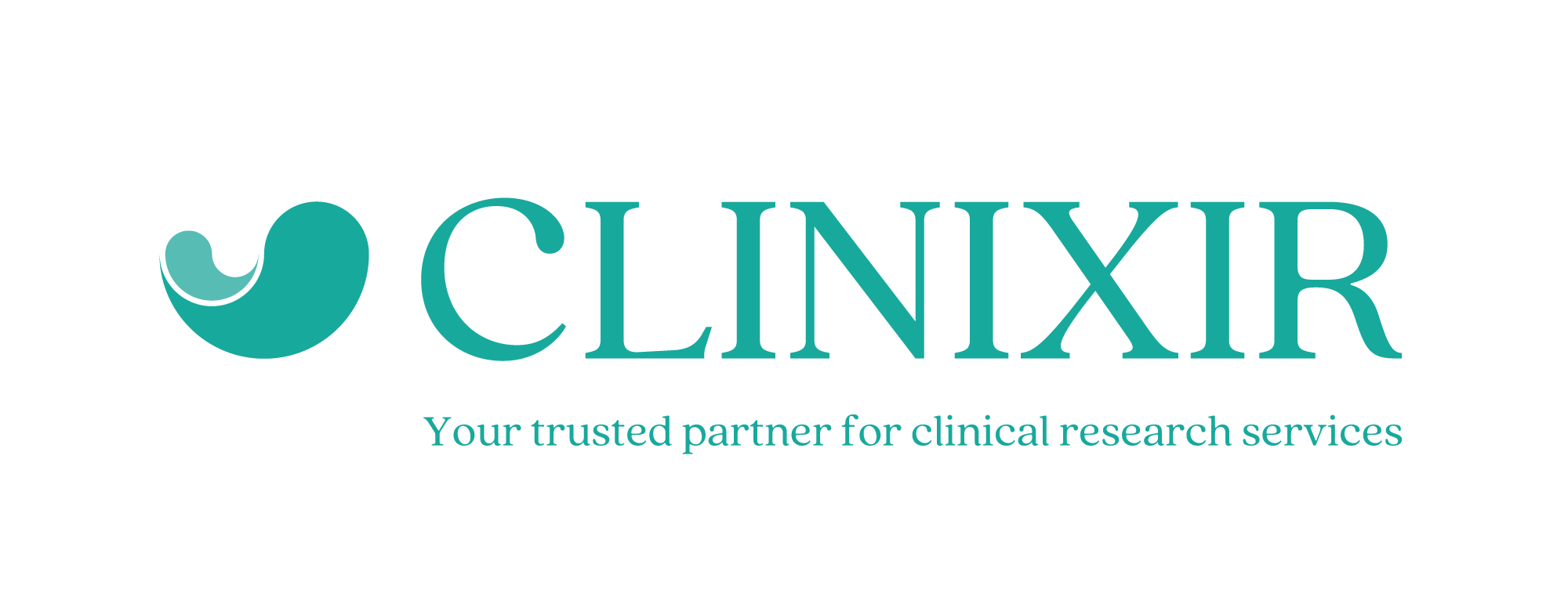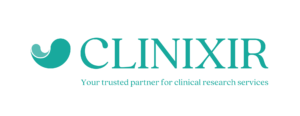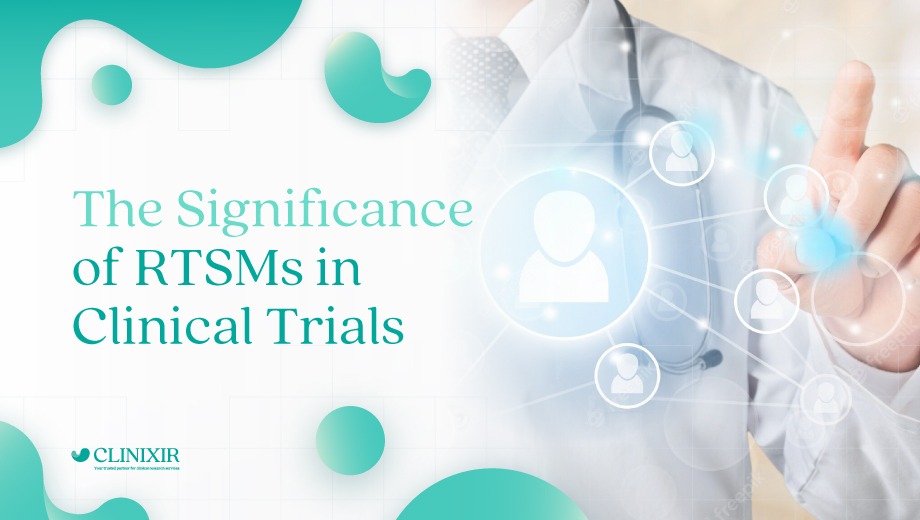During the pandemic, sophisticated solutions were developed to manage the rapidity with which clinical trials began, the efficiency with which trials were conducted, and the speed with which patients received their medication. This new standard of high-speed, high-quality research has forced biopharmaceutical companies all over the world to follow suit and seek clinical trial solutions as a means of cost and time reduction while also maintaining accurate study data.
The technology solution known as Randomization and Trial Supply Management (RTSM) is a crucial part of this shift. RTSMs have driven innovation and advancements which allow businesses to keep up with the growing complexity of study design. For instance, with RTSMs, it is now easier to conduct massive, multi-continental, randomized, controlled trials involving tens of thousands of patients and managed from a single site.
Generally speaking, an RTSM system manages the randomization of patients, the distribution of drugs, the storage and distribution of investigational products, and the replenishment of supplies at depots, sites, and directly to patients. Furthermore, because of automation in supply and logistics management from RTSM systems, patients from all over the world can now participate in clinical trials, and the length of clinical trials can be cut by several weeks. These improvements not only save time and money but also help to bring new therapies to patients.
Below is a general overview of what an RTSM system can do in a clinical trial setting and why Clinixir has chosen Oracle Clinical One to improve its clinical operation processes and efficiency.
Purpose #1: Patient Randomization
Firstly, randomization in clinical trials is the method by which participants are divided at random into different treatment arms of the study. In the most basic form of clinical trials, participants in the investigational group receive the new treatment while those in the control group receive the standard therapy. Clinical trials involve multiple comparisons between groups to determine which treatment is most effective and has the fewest adverse effects.
To prevent predictability and bias in clinical trials, the random assignment of participants across treatment groups is required — and RTSMs allow this process to be carried out precisely and efficiently. The primary goal of randomization in RTSM systems is to make the intervention and control groups as similar as possible so that any observed differences in results or outcomes can be attributed to the treatments alone.
Purpose #2: Trial Supply Management
Another goal of RTSM systems is to keep the treatment blind and promote patient safety. The systems ensure that the correct amount of the right product is available at the right times, cutting down on waste while speeding up mundane and repetitive tasks.
In the past, patients’ randomization IDs were printed on the label of their investigational drug kits, which also contained everything the patient would need for the duration of the study.
Yet this arrangement meant that large amounts of investigational product (IP) could be lost if that patient was not enrolled or if they discontinued participation early. RTSM solutions assisted in lowering this waste by only keeping on-site what might be needed in the near future and automatically requesting more IP for the site based on the treatment arm and visit schedule of the patient. By telling the study coordinator or pharmacist which kit to dispense at each visit, RTSM eliminated the need for blinded, uniquely identified site inventories.
In addition, modern RTSMs provide end users with greater understanding of the study design, letting them configure multiple supply plans for different site profiles and types of inventory. Available options include the ability to set alerts for risky conditions such as low depot supply, shipments that have not been received within a reasonable time frame, and upcoming expiries. As a result, supplies used in multiple studies can be shared, allowing for greater inventory flexibility.
What’s more, the RTSM’s ability to directly exchange data with third-party inventory management systems cuts down on manual labor and boosts productivity, accuracy, and workflow.
Purpose #3: Protecting Blindness and Patient Safety
Maintaining blindness (keeping certain information secret) is important in order to prevent any prior knowledge of a patient’s treatment from affecting the assessment of the treatment’s effectiveness.
RTSM systems have a feature that allows certain authorized people to access information while maintaining a secure audit trail, unlike other less controlled methods like envelopes or phone lines. This system is designed to protect patient safety while also maintaining the accuracy and integrity of the study.
The Requirements of RTSM Building and Execution
Lastly, when designing an RTSM build (features and configurations) and clinical study, it’s important to have a team with extensive industry experience — who can properly use advanced features and provide necessary support during the trial. This expertise is especially important when dealing with complex study designs, such as those that involve multiple strata combinations but few patients, or when there are many different kit types and dosages across globally diverse sites.
Without expert input, it can be very difficult to manage logistics and enroll patients efficiently, which puts a heavy burden on study and site resources. Involving experts can help study teams devise successful strategies, make responsible decisions, and optimize outcomes.
Why Clinixir Chose Oracle
In the light of today’s rapid development of artificial intelligence (AI) and machine learning (ML) as well as Thailand’s major push towards digitization, it is crucial for CROs to efficiently manage and apply insights gained from analytical tools in order to expedite the discovery of new treatments.
We chose Oracle Clinical One over competing solutions due to its extensive functionality and feature set as well as its ability to integrate with the Oracle NetSuite Enterprise Resource Planning (ERP) system. As for automated risk management, we chose Oracle Argus. Thanks to Oracle’s Cloud Infrastructure (OCI), both of these systems are operational, providing us with limitless access to a vast array of clinical and enterprise applications.
According to Dr. Kanokwan Pornprasit, CEO of Clinixir, “Oracle’s clinical research, pharmacovigilance, and back-office products provide a single best-in-class solution. We are confident that we can conduct our clinical trials efficiently, effectively, and safely.”
At Clinixir, we use the Oracle Clinical One RTSM to manage even the most complex studies without resorting to manual labor-intensive coding or lengthy testing. The Oracle Clinical One system allows us to streamline processes from the beginning to the end of a clinical trial, while also helping us simplify data collection, proactively eliminate data quality issues, and save time by harmonizing workflows and data inputs. What’s more, Oracle Clinical One enables us to conduct a comprehensive analysis of clinical trial data, patient experience, and the overall safety and efficacy of the investigational therapy. Instead of relying on three IT personnel to handle system administration, we now just need one. This paves the way for us to make timely, well-informed decisions, ensuring that our sponsors’ clinical trials run smoothly and according to plan from start to finish.
Get Started Today
Clinixir’s industry-leading services can help your company navigate regulatory requirements and carry out clinical trials. Our role as the largest end-to end solution provider of clinical trial services to Thailand’s Ministry of Health, affiliation with Thailand’s top medical institutions, access to the country’s largest set of medical records, extensive regulatory knowledge, advanced research methods, and state-of-the-art technologies enable your organization to put reliable drugs, devices, and treatment methods on the market, maximizing your commercial output and providing a better quality of life for the general public.
To find out how we can help you, contact us today.



